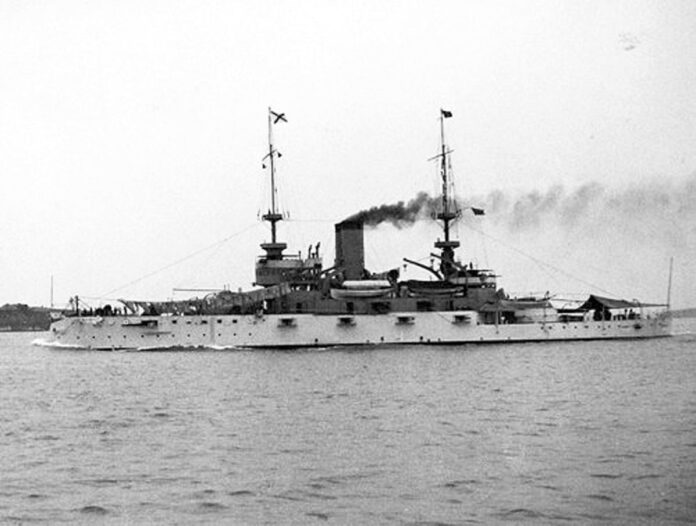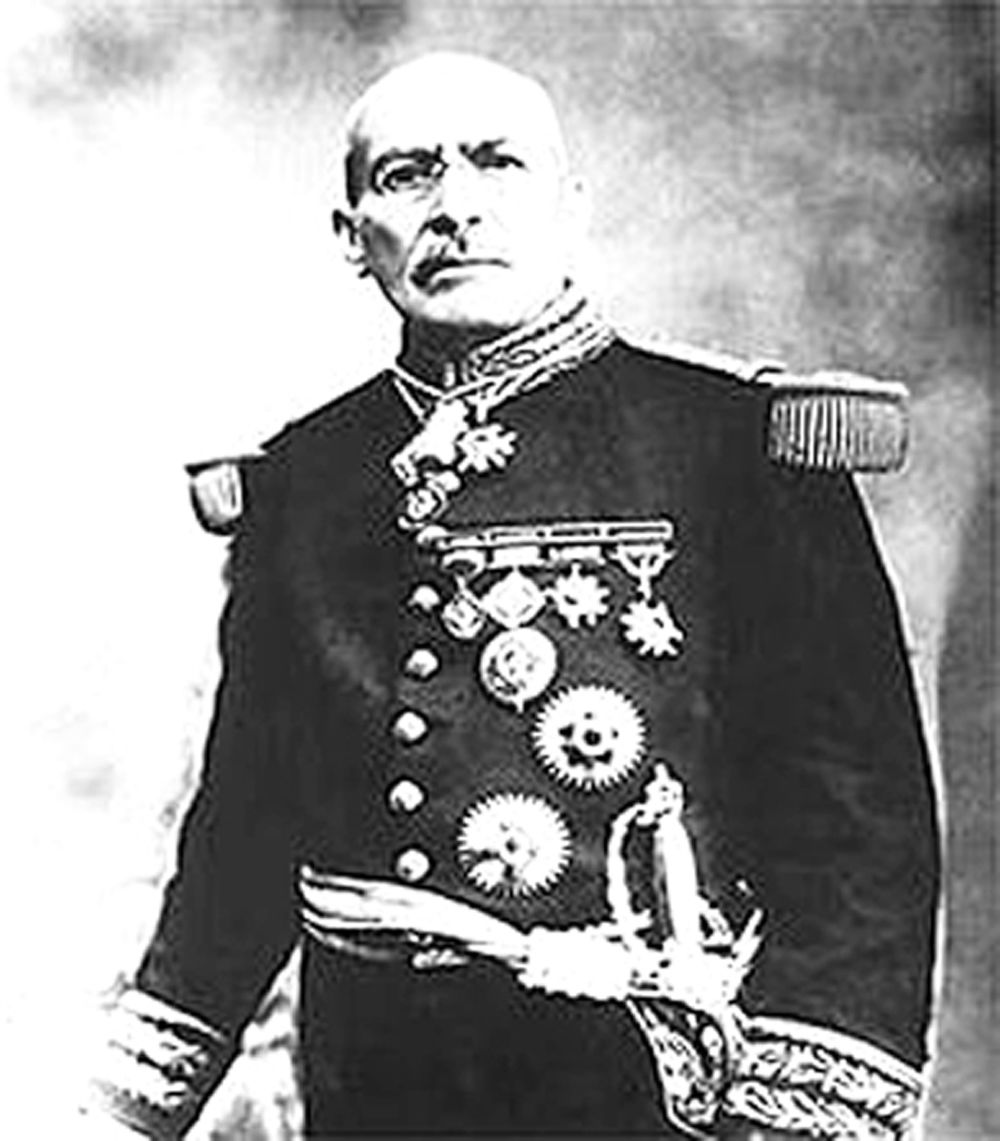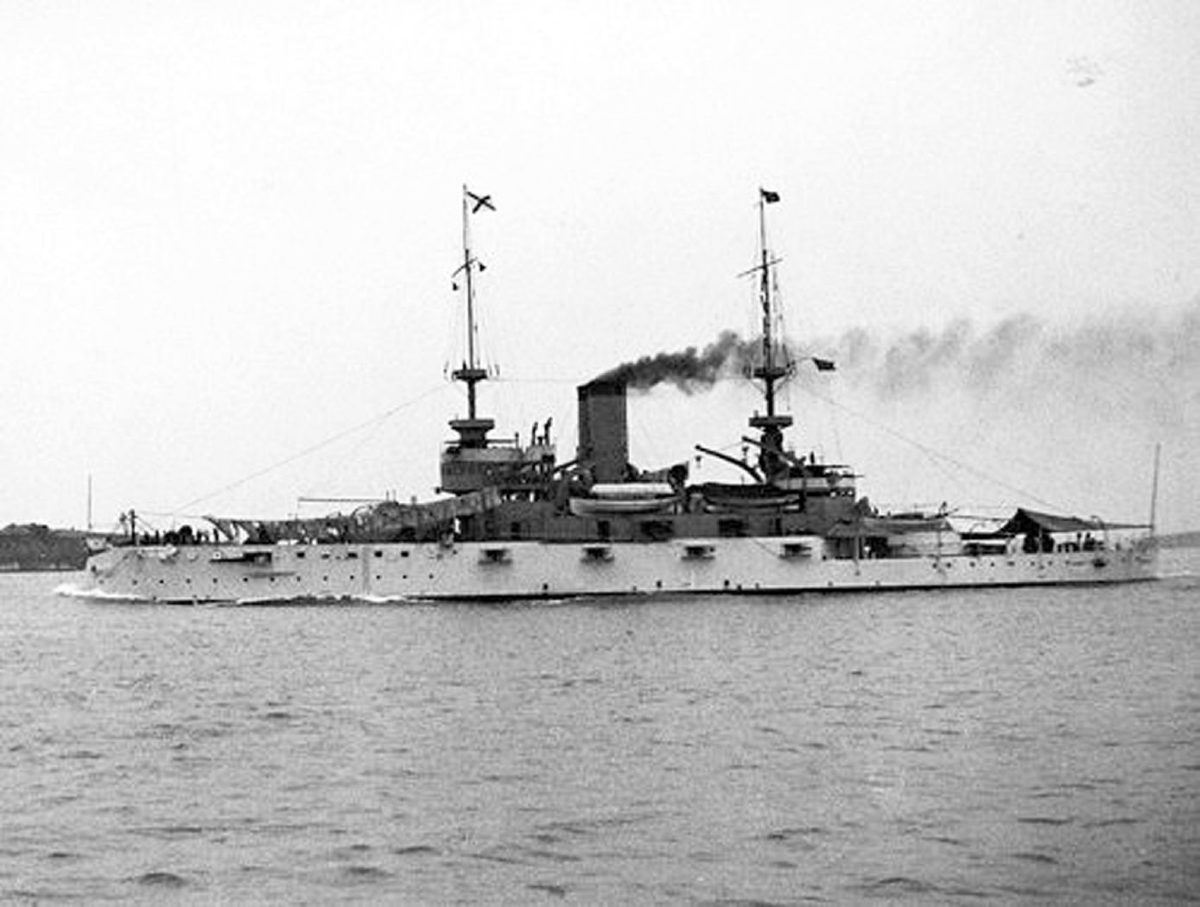BY NORMAN ROZEFF
It was the Mexican Revolution period, and Mexico was in the state of upheaval. General Victoriano Huerta was president but was being opposed by Emilio Zapata in the state of Moralos and in the north by Constitutionalists led by Venustiano Carranza.
What began as a minor diplomatic incident was to evolve into a major confrontation, one largely forgotten and ignored in U. S. history books.
As Carranza’s military forces advanced to within 10 miles of Tampico, Americans working in the area’s oil fields, in which there was considerable American investments, became increasingly uncomfortable. Sometime earlier, knowing of the ever changing political scene in Mexico, several U. S. Navy warships under the command of Rear Admiral Henry T. Mayo, had been stationed offshore, ostensibly to protect American interests.
While President Woodrow Wilson refused to recognize the presidency of Huerta, the United States had remained on fairly good terms with the dictator, even though the American ambassador had been withdrawn from Mexico.
When the U.S. gunboat Dolphin sailed up the Pánuco River on April 2, 1914 it even followed naval protocol by offering a 21-gun salute in recognition of Mexico’s victory at Puebla in 1867.
Affairs quickly deteriorated however when Mexican soldiers detained nine American sailors in Tampico on April 9.
What had transpired was this: “The commander of the Dolphin had tasked a pur- ser and eight sailors with the purchase and pickup of urgently needed 440 gallons of gasoline fuel from a dealer located near a tense defensive position at Iturbide Bridge being held by Huerta’s forces. The defenders of the bridge anticipated an attack, following skirmishes with Constitutionalist forces on the two preceding days.
“Nine U.S. sailors on a whaleboat flying the U. S. flag were dispatched to the warehouse along a canal. According to the sailors’ account, seven of them were moving the cans of fuel (either 5-gallon or 55-gallon drums?) to the boat while two remained on the boat.
Mexican federal soldiers were alerted to the activity and confronted the American sailors.
Neither side could speak the other’s language, and the sailors were not complying with commands from the soldiers.
“The Mexicans raised their rifles to the Americans, including the sailors still on the boat, and forcibly escorted them to the police headquarters for questioning. Although the sailors had been released after only a few min- utes, Rear Admiral Henry T. Mayo, the commander of U.S. naval forces in the area, demanded a 21-gun salute and formal apology from Huerta’s government.
“General Huerta, the President of Mexico, refused to have his forces raise the U.S. flag on Mexican soil to provide a 21-gun salute.”
There then followed two weeks of diplomatic negotiations between the two countries. They went nowhere. Then President Wilson, on the weakest of rationale, backed Mayo and ordered an increase in U.S. forces in Mexican waters. Following Commodore Dewey’s swift naval victory over Spain’s forces in the Philippines in 1898, the United Sates in the decade had embarked on the construction of a large number of warships.
These became known as “The Great White Fleet” as President Theodore Roose- velt ordered them on a round-the-world voyage that took a year and a half to complete by May 1908.
It was essentially this fleet and more that took off for Mexican waters.
On April 18, 1914, two tenders, two submarines, and five torpedo boats of the First Torpedo Flotilla had departed San Diego for Mazatlan. President Wilson had requested permission from Congress to use military force to resolve the conflict with Huerta. He didn’t receive this permission until April 22.
The fact was, however, that the invasion of Veracruz had already begun, for Wilson had given the order early the morning of the day before. The pretext was that a German ship was supposed to arrive shortly with munitions for Huerta.






